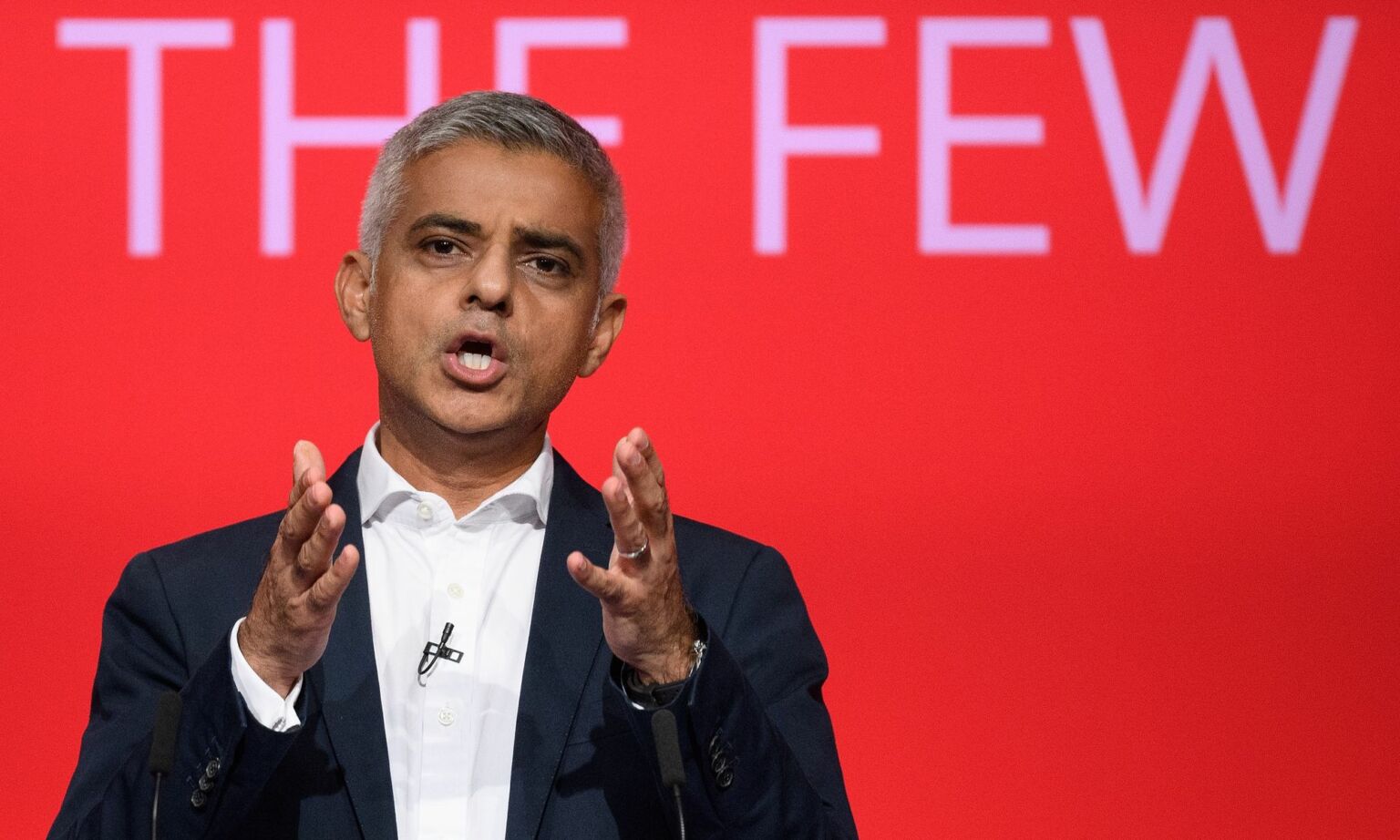
Long-read
Sadiq Khan: the UK’s culture warrior-in-chief
The mayor’s militant identitarianism is tearing London apart.
There is much about the modern Labour Party to make the stately politicians from its past turn in their graves.
Think of Labour leader Keir Starmer and his deputy, Angela Rayner, embarrassing themselves at the Pride Parade in London in 2022. Gay anthems played as Rayner indulged in a self-conscious shoulder roll, before Keir Starmer followed suit. This was before his current incarnation as ‘Starmer the Statesman’. This was ‘Queer Keir’, a heterosexual sexagenarian with glitter on his cheeks. He even sported his customary Barney Rubble look of confusion as though struggling with two thoughts simultaneously. Perhaps he was trying to remember who the Weather Girls were, and what made them biological women.
But it is London mayor Sadiq Khan who is surely most responsible for sending those regal figures from Labour’s past spinning in their graves. His identitarian posturing is ceaseless, his support for voguish causes tireless. He embodies perhaps all that is wrong with the modern Labour Party.
He was also at Pride on the same day as Starmer and Rayner, rallying the crowds while welcoming his comrades to his fiefdom, his Trumpton. ‘The great thing about London is that if you’re different, you aren’t simply tolerated, you’re respected, celebrated and embraced’, he said. ‘That’s who we are: open-minded, outward looking.’ Yet he was oblivious to just how provincial this outlook is. He seems to assume that those in London, and beyond it, who challenge this fantasy, who don’t share his worldview, are the enemy. And this is the main problem with the current mayor: he is arguably the most divisive leading politician in Britain today.
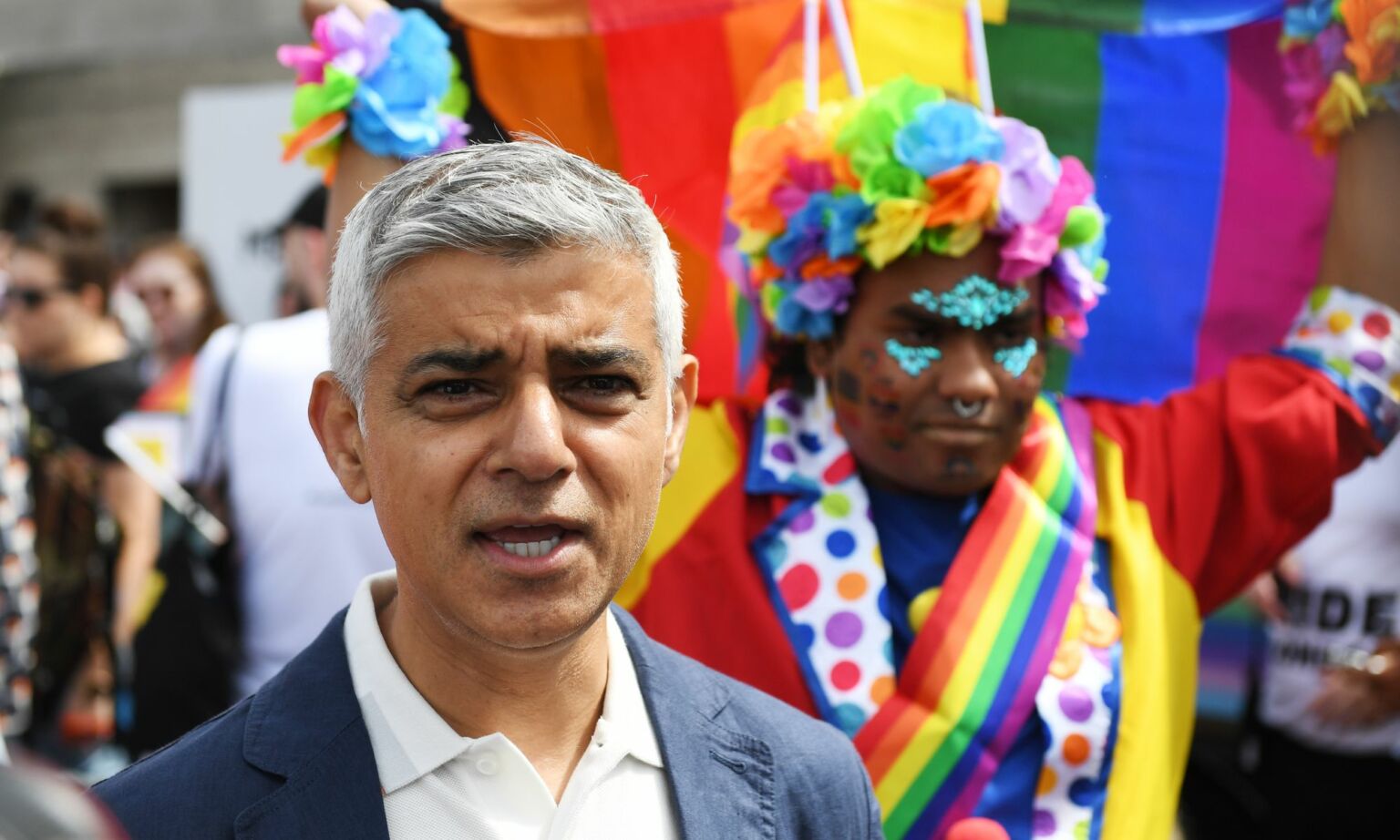
Not that this would concern a figure of Khan’s imagined stature. He seems to believe his position is more presidential than municipal. He even has a security team which provides, as he himself put it last year, ‘the same level of protection the prime minister and the king receive’. He effectively surrounds himself with metaphorical henchmen, too, ready to fend off justified criticisms of his crass political posturing and unpopular policies. The many opponents of his expanded Ultra-Low Emissions Zone (ULEZ) have been attacked and demonised as ‘far right’. And those drawing attention to his failure to tackle the ever-rising rates of knife crime or the capital’s deepening housing crisis – despite his pledges to do so way back in 2016 – have been wilfully ignored.
An identitarian reign
On paper, Khan has forged a brilliant career, a product of application, ambition and, above all, impeccable timing. Born in Tooting, south London, in 1970 to a working-class Muslim family, he studied to become a lawyer when human-rights law turned the profession into a truly lucrative industry. And he became the member of parliament for Tooting in 2005, when New Labour was on a winning streak.
Good timing also aided his first mayoral bid in 2016. He may have been mocked for making much of his father being a bus driver, but in that moment it provided a welcome contrast to the upper-class pedigree of previous mayor Boris Johnson and of then Tory opponent, Zac Goldsmith. Khan won the 2016 mayoral election with ease, before winning again in 2021 with slightly less.
He has profited from the rise of social media, too. Indeed, the tweet is Khan’s communication of choice. He was one of the first politicians to capitalise on its usage when he chose it to announce his appointment as transport minister in 2009 when Labour were in government. And he has continued to use X, as it’s now called, ever since – mainly to wage his self-aggrandising culture wars, from endlessly attacking Brexit to grandstanding against Donald Trump.
Khan may have been a moderate Labour MP and minister in the 2000s. But his mayoral tenure has been defined by virtue-signalling self-promotion and militant identitarianism. Take his response to the Covid pandemic in 2020. He used it as an opportunity not to unify Londoners, but to spout critical race theory and talk of ‘structural racism’. Or take his oafish anti-sexism campaigns, ‘Have A Word’ in 2022 and ‘Say Maaate to a Mate’ in 2023. The TV adverts for both implied that ‘toxic masculinity’ is the condition of white men, with their black and brown brothers tasked with enlightening them.
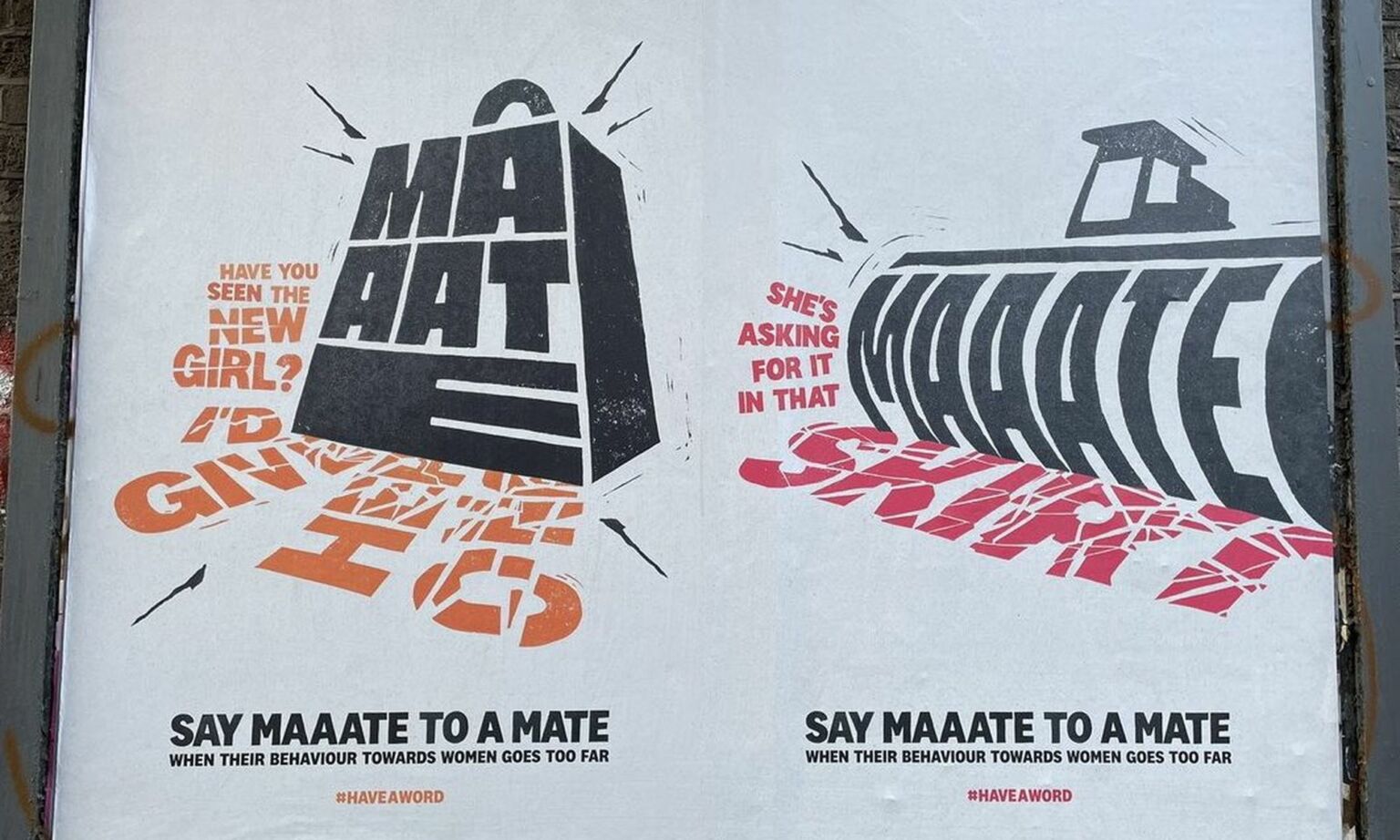
While Khan looks the other way on the scourge of knife crime, he eagerly talks up the terror threat of the far right, and was quick to use the T-word after a Welshman drove a van into a group of Muslim worshippers, causing one death, in Finsbury Park in 2017. ‘London stands united against terrorism’, he said at the time. Yet his language has been far more tentative when it comes to addressing Islamist attacks – attacks that have destroyed too many lives to list.
It seems that Khan is similar to too many other figures on the ‘modern’ left who once fought against actual racism and sexism. Now change has come about, bringing progress in the main, he is lost for a cause. And so in the name of identity politics, he busily reignites the embers of old grievances and revives old battles.
Rewriting London’s history
Khan takes an approach to London’s past that is as selective and divisive as his approach to present-day issues. Last summer, he tweeted that London ‘was built by migrants’ and ‘refugees’. This came as a surprise to Londoners whose ancestry is synonymous with the city – particularly the white working-class Londoners who were seen as a blot on the landscape of multiculturalism when they lived there, and provincial racists when they made the voyage out of the city during the second half of the 20th century. Many of them were born in the poorer postcodes of the capital long before these became gentrified and colonised by self-entitled cyclists. These Londoners, or their relatives, worked in the docks, factories, markets and warehouses. They laboured on building sites, laid the tarmac for roads and the cables that ran beneath them.
Londoners knew them. They were our families, our ancestors. Now, those of us who evacuated the city return as ghosts to familiar streets to visit ancient relatives. They too will soon join those whose bones lie beneath soil and stone on cemetery plots beyond the urban streets where they lived their lives, and in the suburbs where their children lived theirs. They are dust and ashes now. But the memory of them is immersed in the city many remember and which some attempted to capture in poetry, pop and prose. As WB Yeats wrote: ‘This melancholy London – I sometimes imagine that the souls of the lost are compelled to walk through its streets perpetually.’
Mayor Khan seems to think he can re-write and ‘improve’ this history of London. In 2021, as part of his Diversity Commission’s ‘Untold Stories’ project, he claimed that ‘London’s diversity is its greatest strength but for far too long our capital’s statues, street names and buildings have only shown a limited perspective on our city’s complex history’. Just this month, he announced that several London Overground lines are to be renamed along predictably right-on lines, with Windrush, Lioness and Mildmay lines arriving among others in the near future. They are a nod, said Khan, to London’s diverse history.
To this mayor and other figures on what passes for the left today, it seems that London’s and indeed Britain’s familiar history is a source of shame. It is useful only when it is being renamed, refashioned and often simply fabricated to satisfy the ‘diverse’ fantasies of our cultural elites.
And so Khan claims that multiculturalism has always defined London. He suggests that the waves of mass immigration into the city and the country more broadly in recent decades have forever been the norm rather than an anomaly. This argument, like the lexicon around race to which the left plays lip service, is risible.
In spite of the revisionism, the factual history of London as many experienced it is there for those prepared to look, listen and learn. London and the traditional concept of the Londoner was once defined by the working class. This was the demographic most likely to remain in the capital, because of a lack of options. They were likely to be born there, raised there and end their lives there, very likely within the same neighbourhood. Although tribal and localised, they incorporated whatever changes were imposed upon them and the city, whether it was the eradication of the infrastructure of their neighbourhoods or the shift in demographics, attributable to the high level of immigrants moving to beleaguered postcodes.
From the 1980s onwards, the official emphasis ceased to be on the integration of immigrants. Instead, policymakers demanded that the natives accommodate themselves to the new arrivals, even when the newcomers’ tribalism was more rigid than that of the established Londoner. This resulted in communities defined by faith, and sometimes race, dominating parts of London – as it did in other cities, too. This lack of integration has been cheered on by a white middle class, eager to flag up the edginess and vibrancy of the capital from the comfort of their leafy or gentrified postcodes. And it has been observed contentedly by super-rich foreigners, perched high up in their shielded Ballardian towers.
Mayor Khan hails this division, this factionalism, with the mantra, ‘Diversity is our strength’. It’s rhetoric that deafens the ears it falls upon, and dies on the lips of Khan’s supporters. The conflictual reality of ‘diverse’ London does sometimes bubble to the surface. Such as last year, when a crowd descended on an Asian shopkeeper’s business in Peckham, south London, because he retaliated when attacked by a black shoplifter he challenged. But like crime statistics, particularly the knife crime for which young black men are disproportionately the perpetrators, but not always the victim, such events are sidelined by the mayor’s office.
If the multiculturalism Sadiq Khan celebrates had emerged from London itself, a product of a city’s inhabitants absorbing influences from outside and evolving over time to form a new Londoner, that would be one thing. But Khan’s multiculturalism is not organic. It’s an elite imposition, a result of encouraging and incentivising minorities to cultivate and ‘celebrate’ their difference.
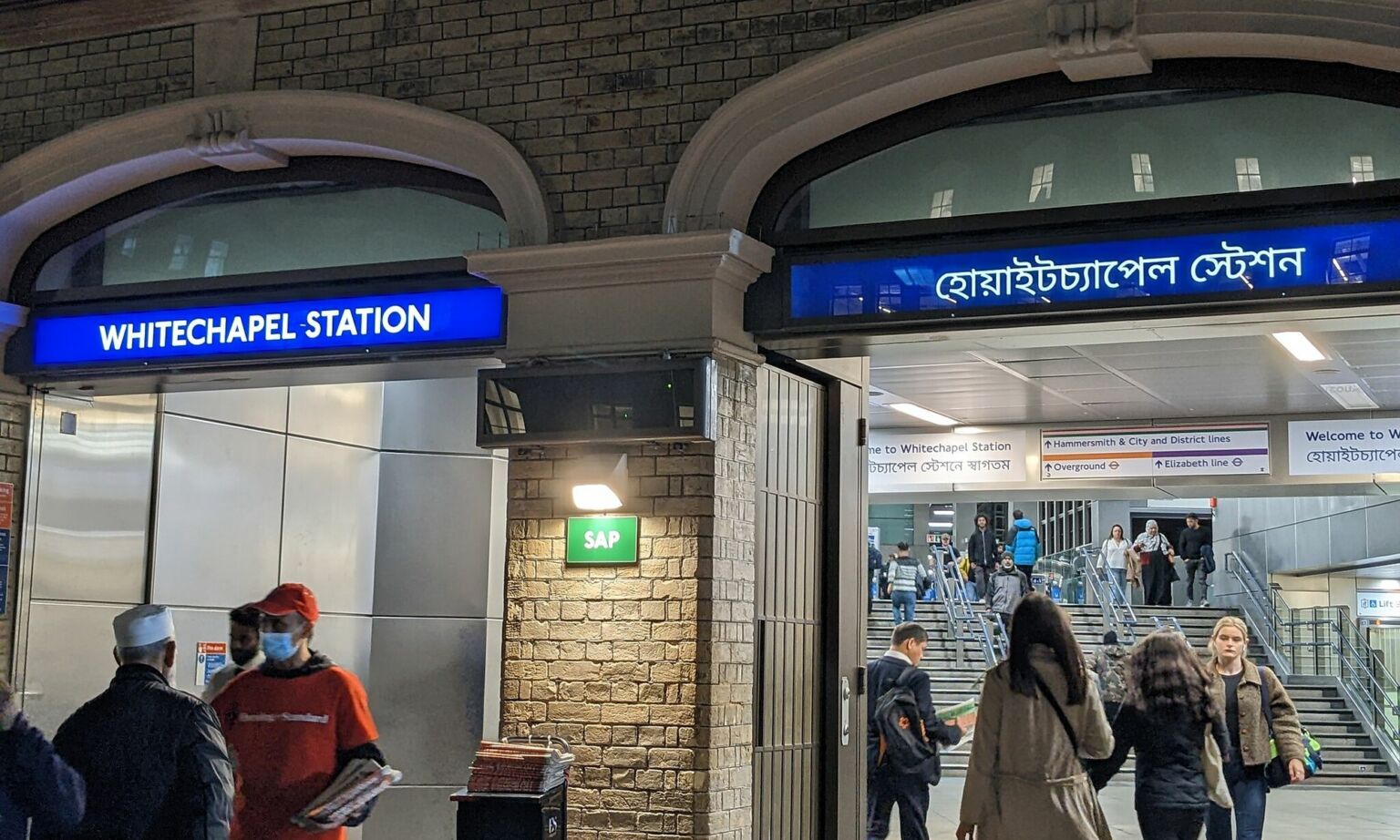
In 2022, Khan attended the ceremony for the launch of the Bangladeshi signage on Whitechapel Tube station – a first, as no other station has the official name in anything but English. ‘London’s diversity is its greatest strength’, Khan announced, as though road-testing a tweet. ’The revamped signs at Whitechapel station celebrate the vital contribution Bangladeshi Londoners have made in shaping the community in Tower Hamlets and throughout our city.’ Exactly what contribution has this community made that warrants a privilege never accorded to any other immigrant group? Surely Khan should be promoting a common language, shared values and aims to bring the people of the capital together? But instead he seems intent on emphasising the differences that drive Londoners apart.
A divisive legacy
Predictably, any effort to highlight the failures of multiculturalism in London and Britain more broadly is met with the standard insults from the usual pundits. Last year, the then UK home secretary, Suella Braverman, claimed that the ‘misguided dogma of multiculturalism’ now threatens social cohesion. The rhetoric of the Tories when highlighting the flaws in multiculturalism may be empty. But no more so than the slogans of Labour apparatchiks celebrating it. In response to Braverman’s criticism, wealthy celebrities flagged up curries and carnivals. Others knowingly conflated the fact of living in a diverse society with state multiculturalism, the very policy that emphasises cultural difference over common values, and that is helping to divide the capital. ‘Diversity is our strength’, they said again.
This phrase, and Sadiq Khan’s use of it ad nauseam, epitomises the crassness that has defined his time as mayor. Like Queer Keir’s glittered cheeks, it’s an embarrassing attempt to tie his wagon to relevance and modernity. He has even reached for it in response to the now habitual ‘pro-Palestine’ marches, brimful with anti-Semitism, that have erupted on to our streets. In October, Khan tweeted that ‘anyone inciting violence or hatred in London will have strong action taken against them’, without mentioning who the victims or the perpetrators might be. Yet the day an estimated 100,000 people marched through the streets of London against anti-Semitism, he neither commented nor responded.
It’s a grim irony. Despite rambling on about diversity and repeatedly informing Londoners ‘they’ will never divide us, Khan remains the most divisive politician we have.
Through his identitarian politicking, he has helped to sow antagonism throughout London. Khan has created a divide between those who believe in the values of freedom and tolerance and those who do not. And now many of the latter are calling for jihad and venting their hatred of the Jewish State on the streets of London.
Unlike the useful idiots attending these ‘pro-Palestine’ marches, the old Labourites now turning in their graves held conviction for the causes they supported. The current mob of graduates and grifters will either leave London and grow into the people they loathe, or remain the people that everyone else loathes, by dragging their psychoses, cosplay and homemade placards into middle age. They will hopefully prove irrelevant in the greater history of a once great city.
Mayor Khan, meanwhile, will be a footnote, because of the office he held, and because he was the first Muslim to hold it. In an interview with the Big Issue last year, he claimed he was ‘proud’ of ‘a number of things’. These ‘things’ seemed to consist of reaching air-pollution-reduction targets, planting trees and installing electric-car charging points. No mention of increasing the housing stock, tackling violent knife crime or improving a dilapidated transport system. When it comes to the fundamental changes required to improve the lot of Londoners who are not well-heeled electric-car drivers, his legacy can be covered in the length and depth of one of his tweets, if that.
Michael Collins is a writer, journalist and broadcaster. He is the author of The Likes Of Us: A Biography of the White Working Class.
Main picture by: Getty.
Second picture by: Getty.
Third picture by: Twitter.
Fourth Picture by Abu Ayyub, published under a creative-commons licence.
To enquire about republishing spiked’s content, a right to reply or to request a correction, please contact the managing editor, Viv Regan.


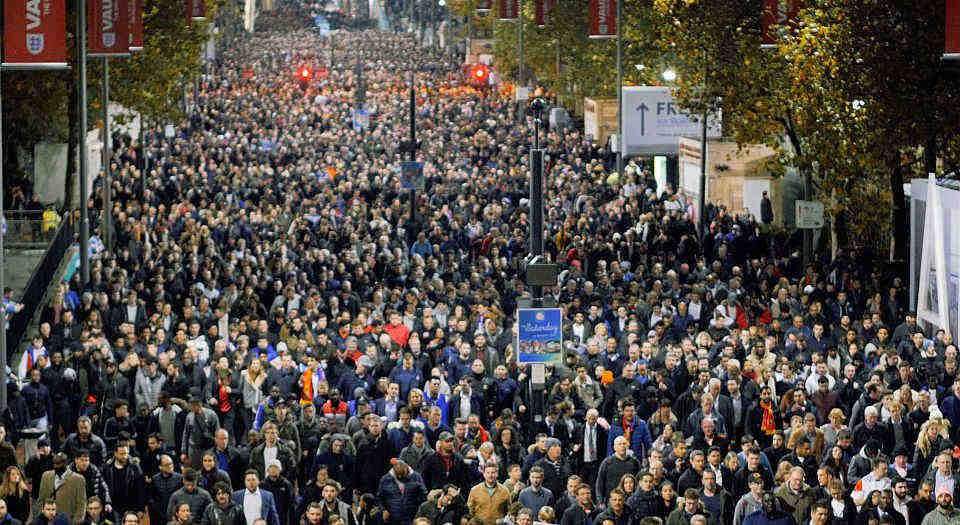



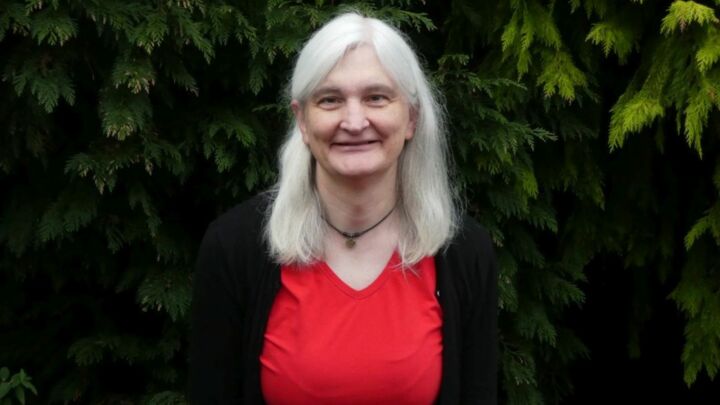

Comments
Want to join the conversation?
Only spiked supporters and patrons, who donate regularly to us, can comment on our articles.